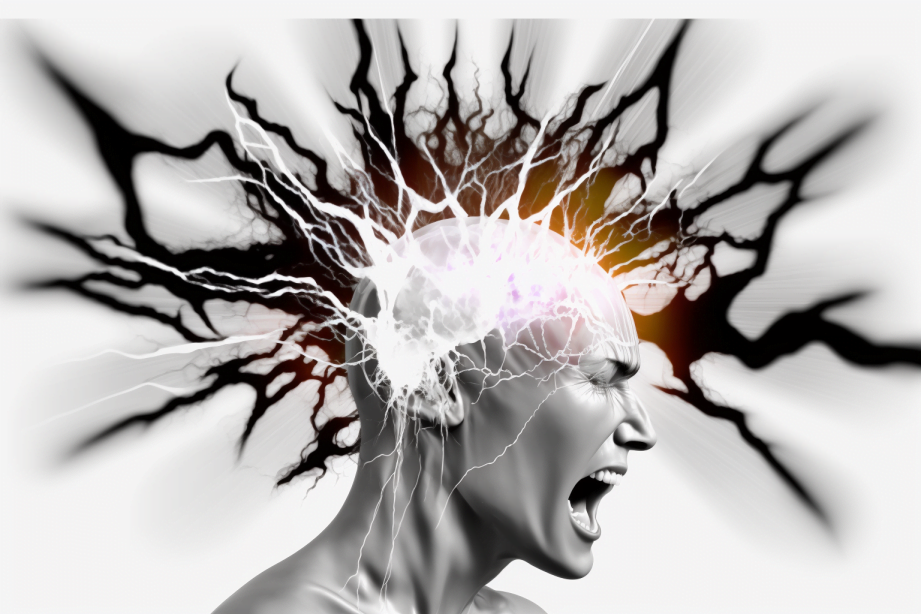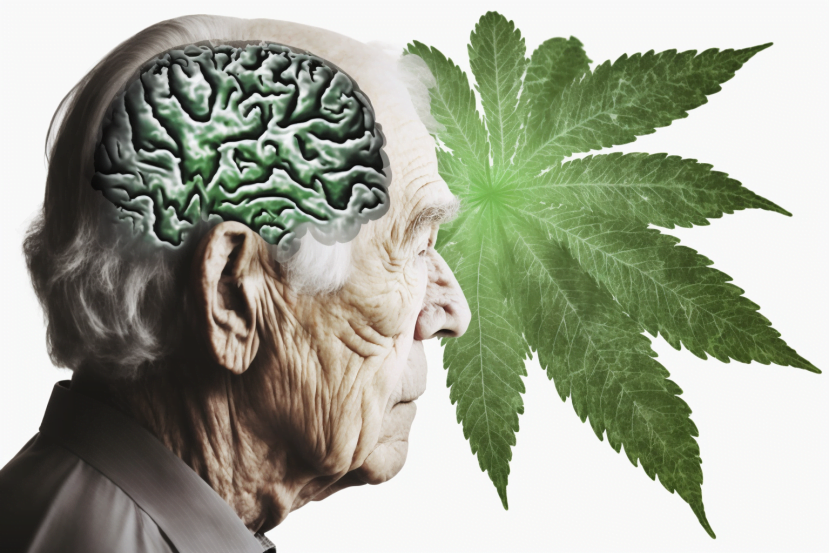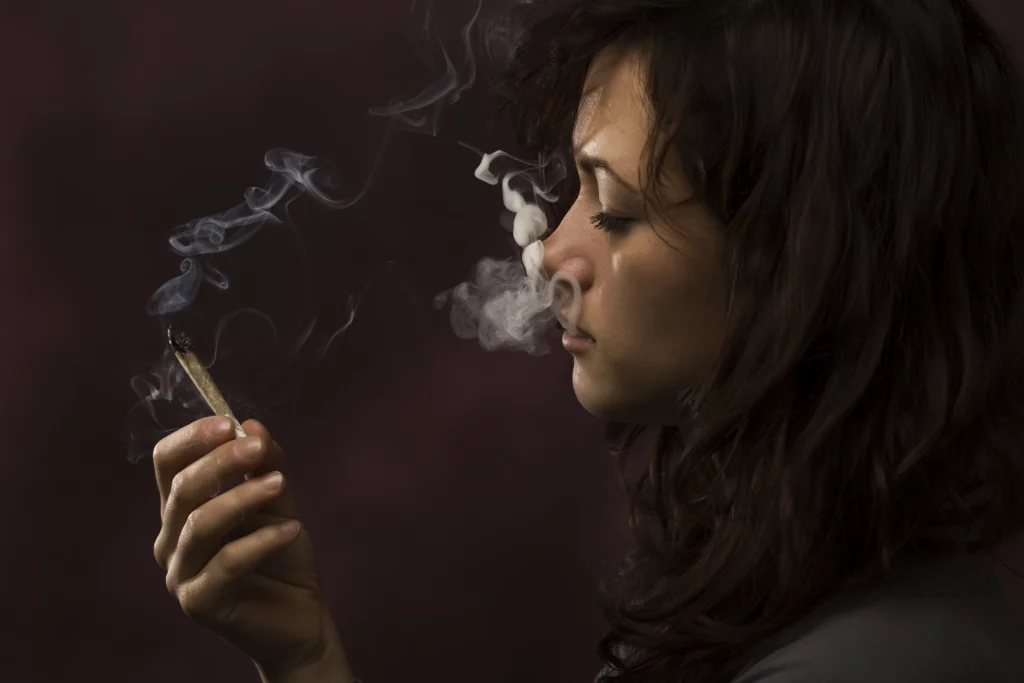English
What exactly is a migraine?
Migraine affects about 15% of people worldwide. Migraine is a common neurological disorder characterised by recurrent headaches that typically affect one side of the head, are pulsating, can be of moderate to severe intensity and can last from a few hours to three days. Symptoms unrelated to the headache include nausea, vomiting and sensitivity to light, sound or smell. The pain is usually made worse by physical activity during an attack, although regular exercise can prevent future attacks. An aura occurs in up to one-third of sufferers: This is usually a brief period of visual disturbance, indicating that the headache is about to occur. Occasionally, an aura can occur with little or no headache, but not everyone has this symptom. Migraines are thought to be caused by a mixture of environmental and genetic factors. About two-thirds of cases run in families. Changing hormones may also play a role, as migraines affect slightly more boys than girls before puberty and two to three times more women than men. During pregnancy and after the menopause, the risk of migraine usually decreases. The underlying mechanisms are not fully known. However, they are thought to be related to the nerves and blood vessels of the brain.
Migraine is typically manifested by self-limited, recurrent severe headaches accompanied by autonomic symptoms. About 15-30% of migraine sufferers have episodes with aura, and often episodes without aura. The severity of the pain, the duration of the headache and the frequency of the attacks vary.A migraine attack that lasts longer than 72 hours is called status migrainosus.
Phases to a migraine attack
- The prodrome, which occurs hours or days before the headache
- The aura, which immediately precedes the headache
- The pain phase, also known as headache phase
- The postdrome, the effects experienced following the end of a migraine attack
How cannabis may help migraine sufferers
Cannabis has long been used to treat migraines, but it is only in recent years that scientists have been able to get to the bottom of why. A new study published this week by the Skaggs School of Pharmacy and Pharmaceutical Sciences at the University of Colorado examined the effects of inhaled and ingested cannabis in migraine sufferers, and the results confirmed what previous studies had already revealed.
The researchers examined reports from 121 adult participants and collected the following data:
- The average number of migraine headaches decreased from 10.4 per month to 4.6.
- Almost 40 % of the subjects reported positive effects
- 19.8% of subjects reported that medical marijuana helps prevent migraines
- 11.6% of subjects reported that cannabis stopped migraine headaches
- About 85% of subjects reported having fewer migraine attacks per month while using cannabis
- About 12% saw no change in migraine frequency with cannabis
- Only about 2% experienced an increase in migraine frequency
- Inhalation methods seemed to have the quickest effect and were most likely to stop migraine headaches. As expected, edible cannabis took longer to kick in and was more likely to experience negative side effects such as drowsiness and excessive euphoria (reported by 11.6% of participants).
Previous studies have tried to understand why cannabis helps migraines, citing endocannabinoid deficiency and activation of CB2 receptors as possible explanations. This particular study did not help answer these questions, but it did add to the growing body of research supporting the use of cannabis as a migraine medication with the fact that over 85% of participants noted a reduction in migraine frequency. The next challenge in this area of research is to determine which cannabinoids, cannabis varieties and delivery methods are most effective in treating headaches and migraines. In the meantime, we must continue to rely mainly on anecdotal evidence.
Related articles to Cannabis may help migraine sufferers :
Published by Sakul
21/02/2023choose and buy cannabis seeds from our offer
our pleasure



























